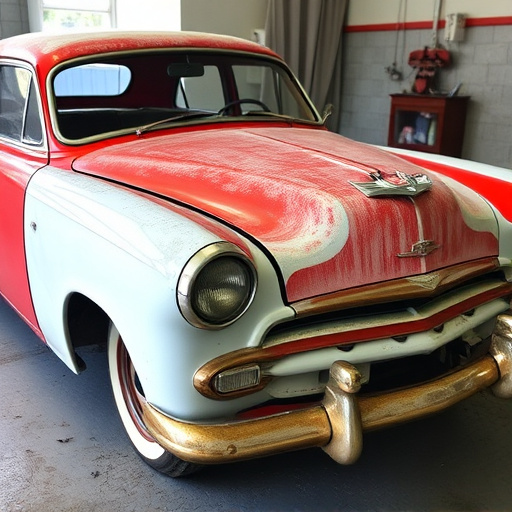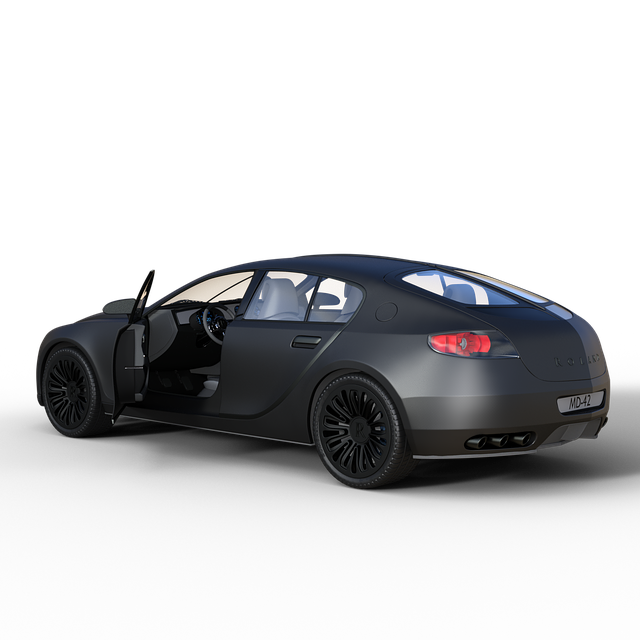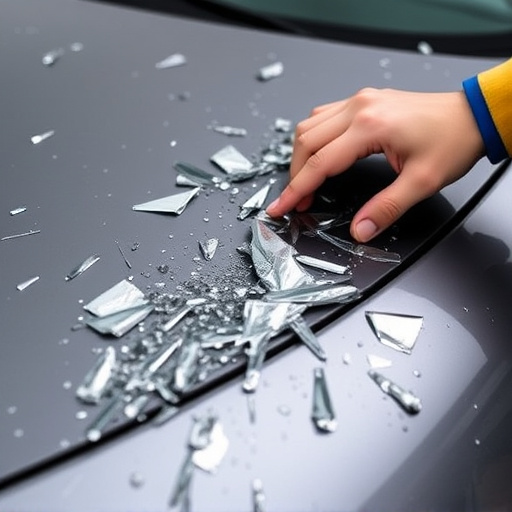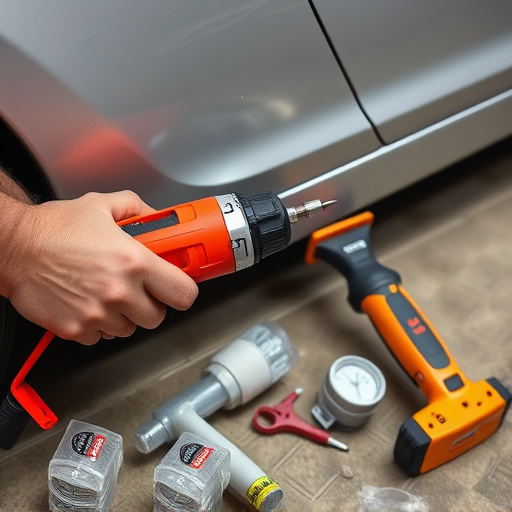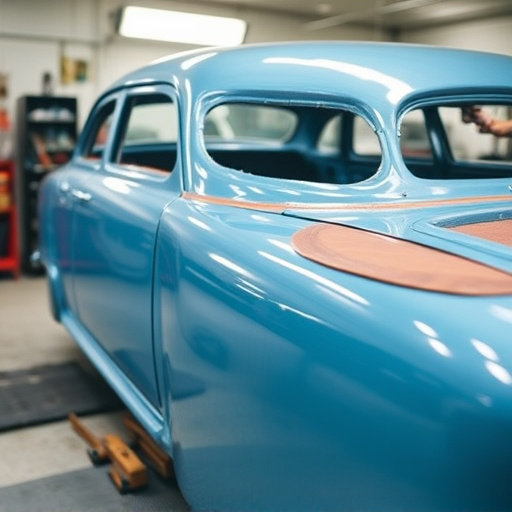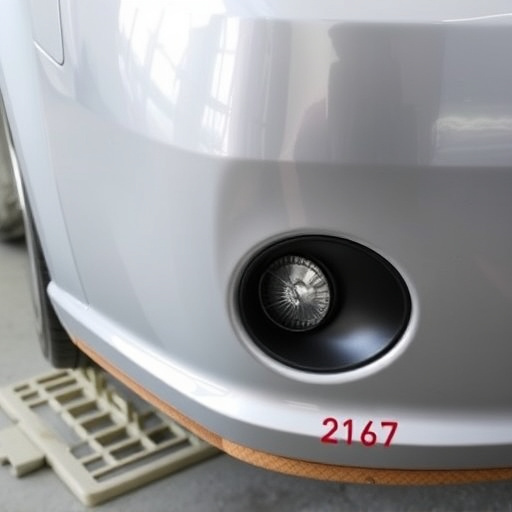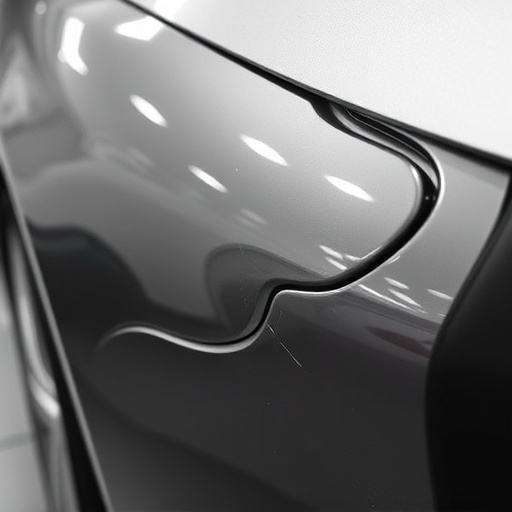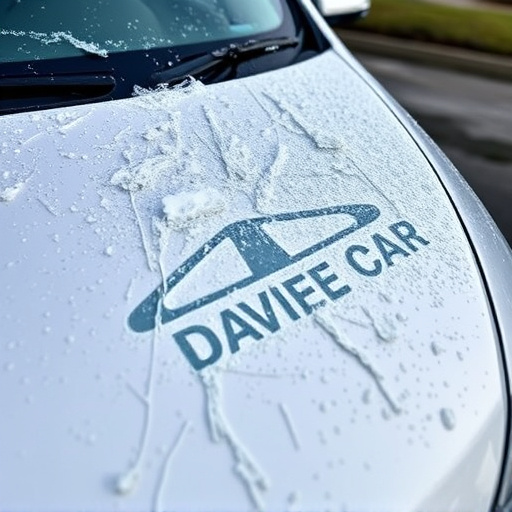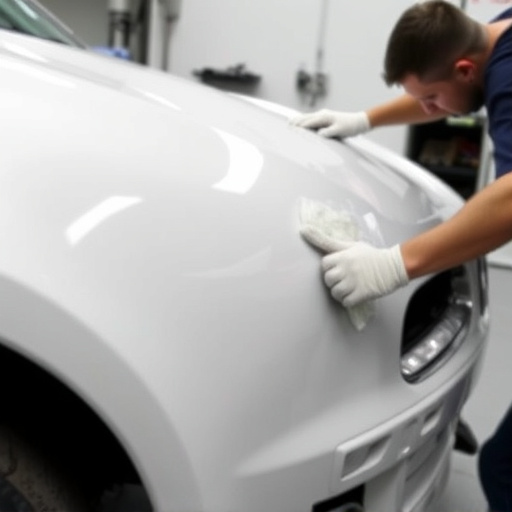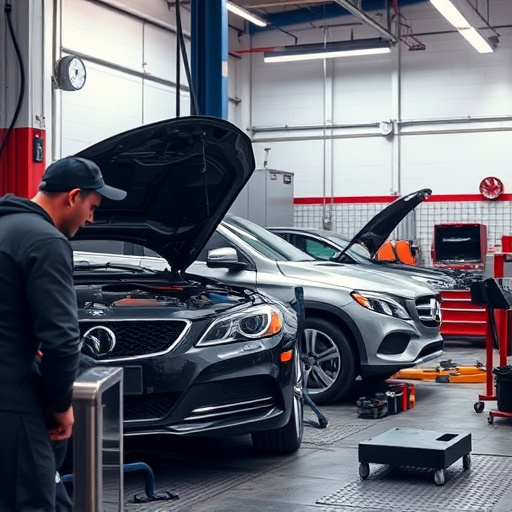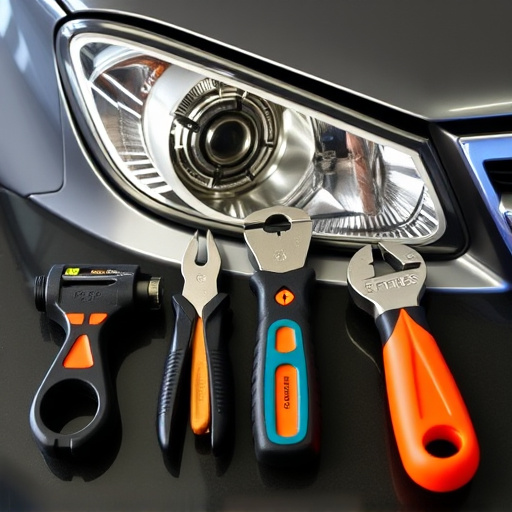Mercedes headlamp assist calibration is a crucial process for ensuring vehicle safety and optimal illumination. This system automatically adjusts beam range and swivel angle to meet legal standards and prevent collisions, especially at night. Regular calibration by collision repair services validates beam range, identifies alignment adjustments, enhances visibility, and prevents shadows or blind spots, thereby improving driver safety and vehicle functionality.
Mercedes Headlamp Assist Calibration is a critical process ensuring optimal lighting performance and safety. This article delves into the intricate details of this procedure, focusing on beam range and swivel testing. By adhering to strict standards, mechanics ensure the headlights provide the correct light distribution for enhanced visibility and road safety. Understanding these tests is key to maintaining your Mercedes’ cutting-edge lighting technology.
- Understanding Mercedes Headlamp Assist Calibration
- Beam Range Testing Procedure and Standards
- Swivel Testing for Accurate Light Distribution
Understanding Mercedes Headlamp Assist Calibration
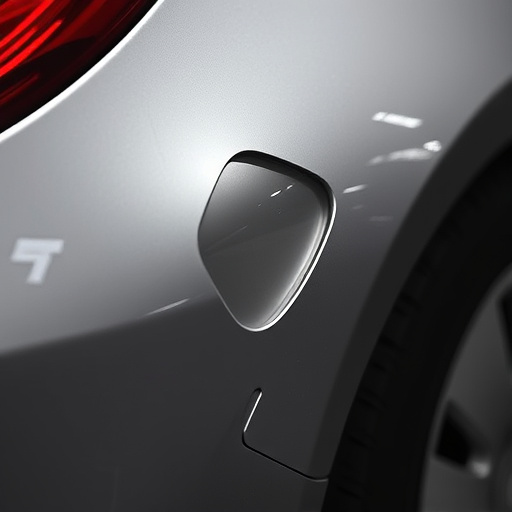
Mercedes Headlamp Assist Calibration is a sophisticated process that ensures your vehicle’s headlights provide optimal illumination and safety while driving. This advanced system is designed to automatically adjust the beam range and swivel angle of your headlamps, adapting to various road conditions and surroundings. By understanding this calibration, drivers can ensure they are getting the best performance from their vehicle’s lighting system.
Regular Mercedes headlamp assist calibration ensures that your headlights maintain proper alignment and intensity. It involves precise testing of the beam pattern, ensuring it complies with legal standards and provides clear visibility without causing glare to oncoming drivers. This is crucial for maintaining safe driving conditions, especially during nighttime or in low-light environments. Collision repair services often include this calibration as part of their comprehensive vehicle repair offerings, emphasizing the importance of a well-maintained lighting system in preventing car collisions.
Beam Range Testing Procedure and Standards
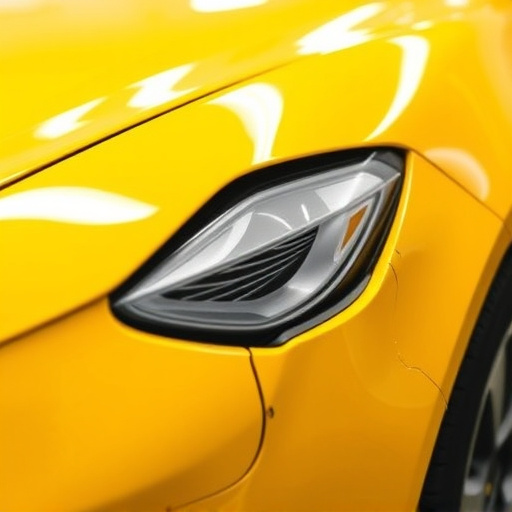
Beam Range Testing Procedure involves meticulous calibration to ensure Mercedes headlamp assist systems function optimally. This process starts with the careful setup of the test environment, including the use of standardized measurement tools and instruments. The vehicle is positioned at a specific distance from a reflective surface or target, mimicking real-world driving scenarios.
Automotive repair services specializing in Mercedes headlamp assist calibration adhere to stringent industry standards. These standards dictate the acceptable beam range for each model and ensure the headlights swivel correctly, illuminating both forward and lateral areas as intended. The tests are designed not only to validate performance but also to identify any adjustments needed for optimal vehicle bodywork alignment and safety.
Swivel Testing for Accurate Light Distribution
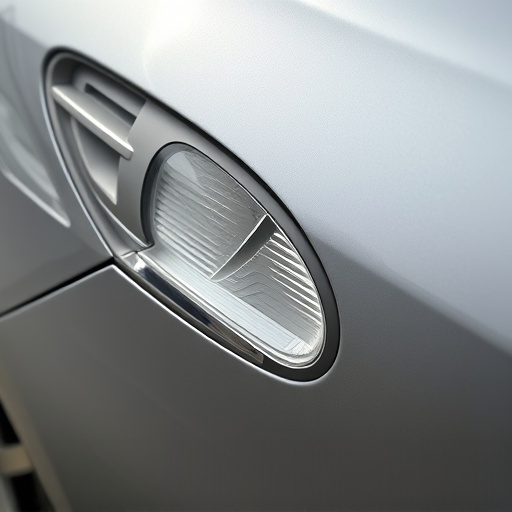
Swivel testing is a critical aspect of Mercedes headlamp assist calibration, ensuring accurate light distribution for optimal driving safety and visibility. This process involves evaluating the movement and pattern of headlights as they pivot from side to side, simulating real-world driving conditions. By meticulously measuring the beam range and angle during swivel, technicians can identify any misalignments or inconsistencies in the headlamps’ performance. Such adjustments are crucial, as they directly impact a driver’s ability to see the road ahead clearly, especially during night drives or in low-visibility weather conditions.
Automotive body work experts play a vital role in this calibration process, ensuring that the headlamp assembly is precisely aligned and adjusted according to manufacturer specifications. In a vehicle body shop, advanced tools and techniques are employed to fine-tune the headlights’ swivel motion, guaranteeing a seamless and even light beam across the road. This meticulous attention to detail not only enhances driving safety but also contributes to the overall aesthetic appeal of the car, as properly calibrated headlamps can prevent unsightly shadows or blind spots that may be caused by incorrect alignment.
Mercedes headlamp assist calibration is a critical process that ensures optimal light distribution for enhanced safety. By rigorously testing beam range and swivel, manufacturers maintain the precise alignment essential for effective highway and low-light conditions. This article has delved into the procedures and standards behind these tests, underscoring the importance of Mercedes headlamp assist calibration in modern vehicles.
